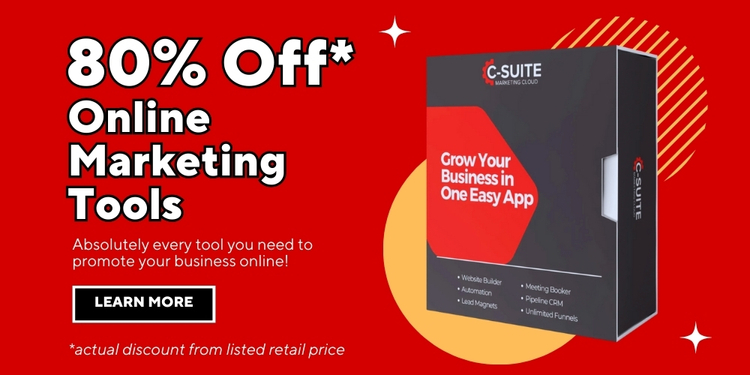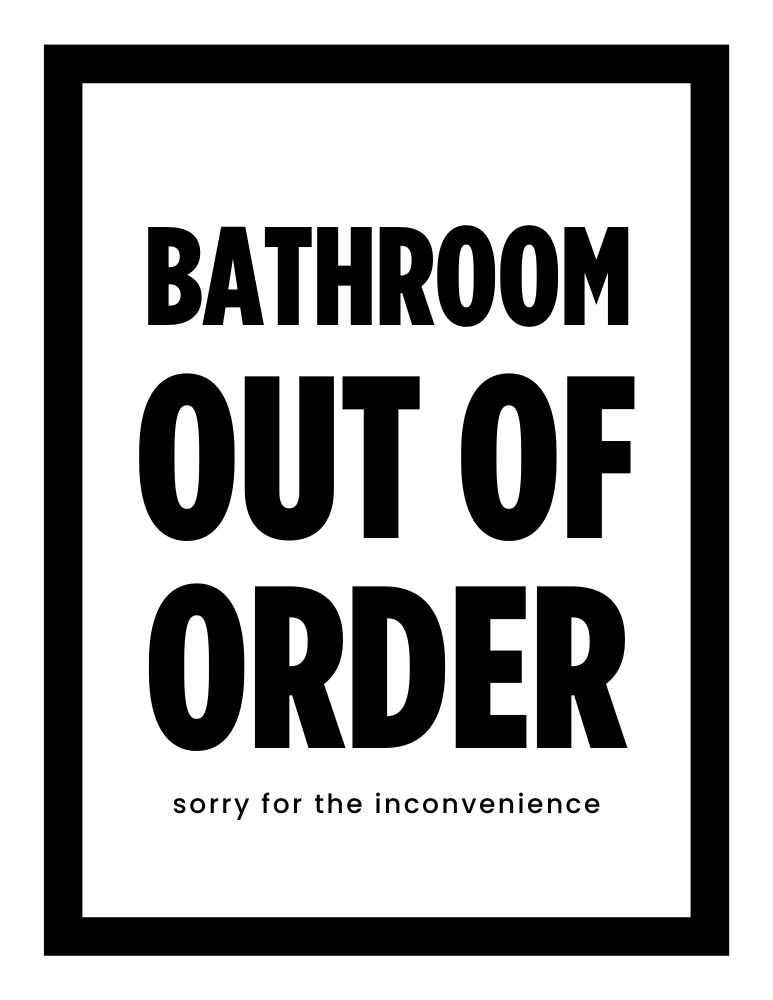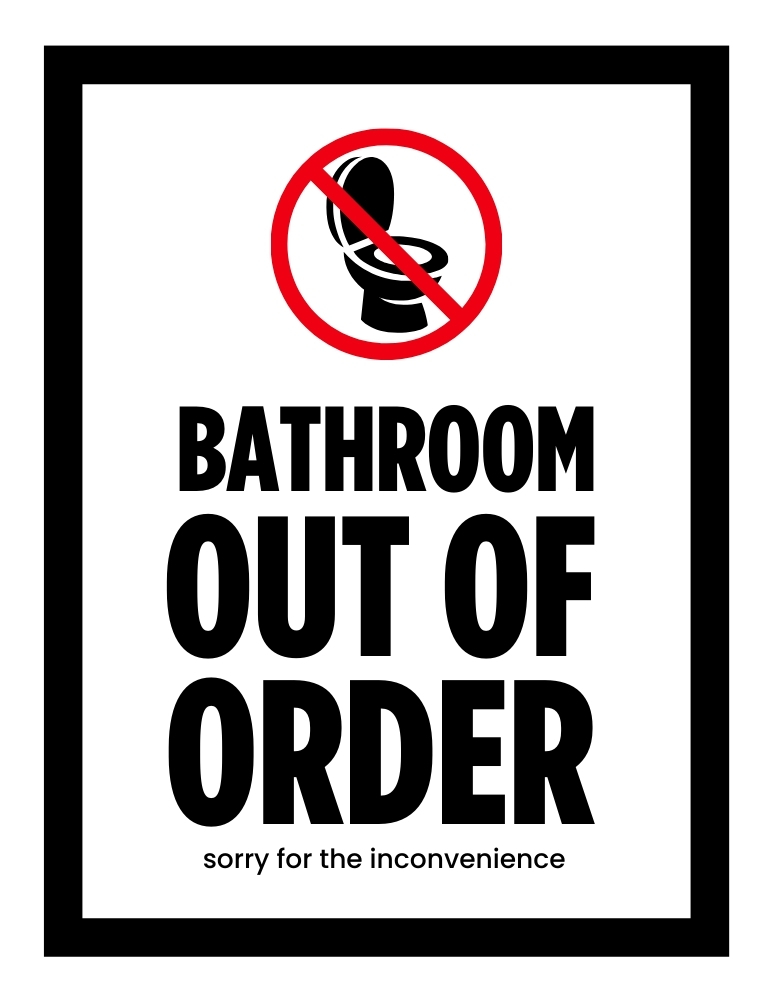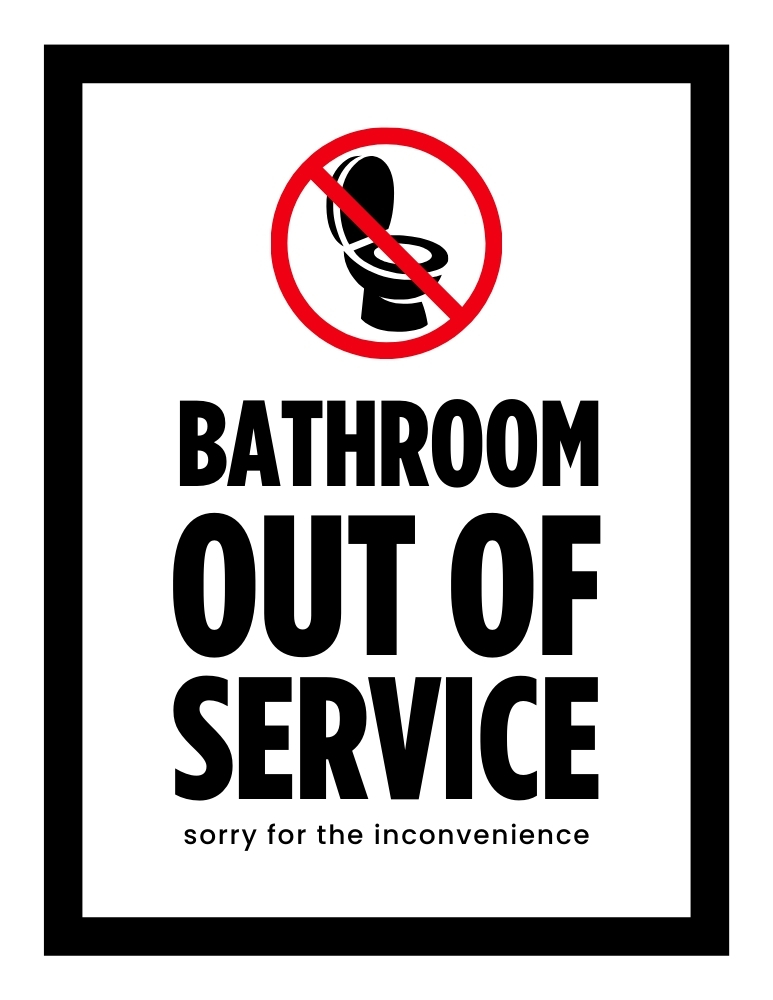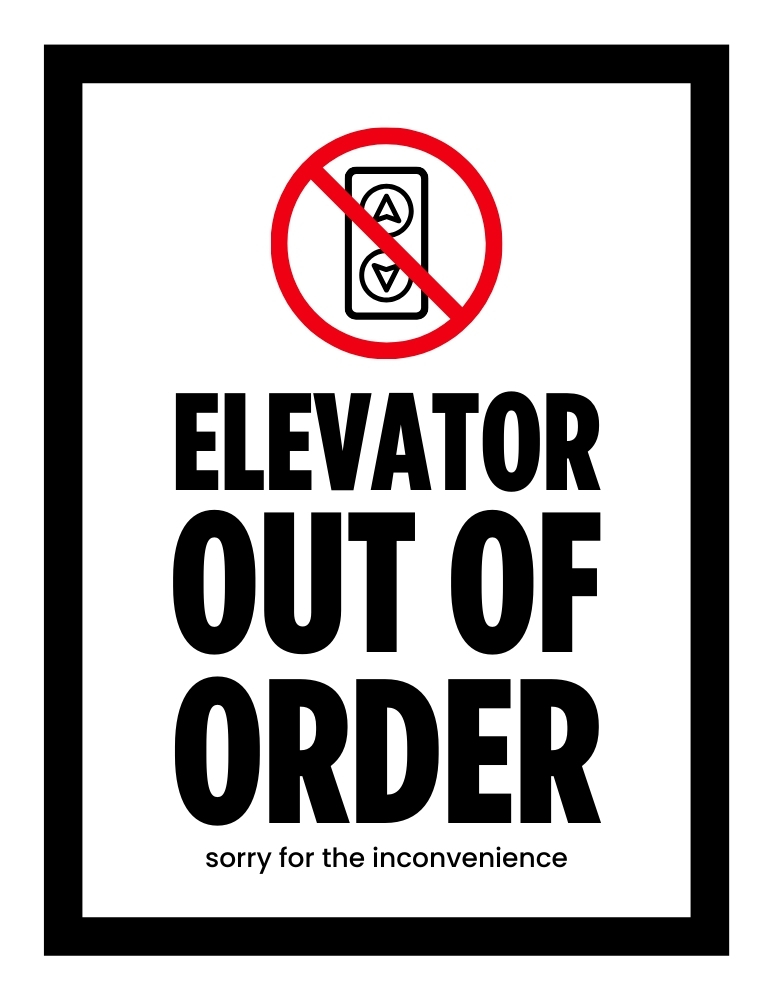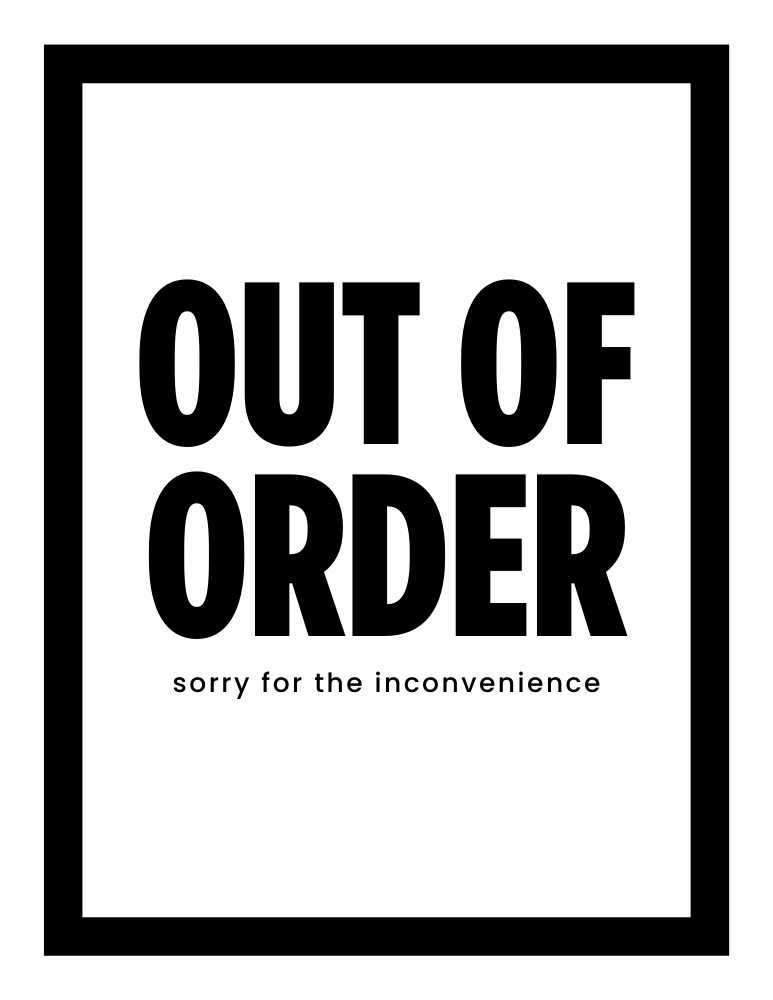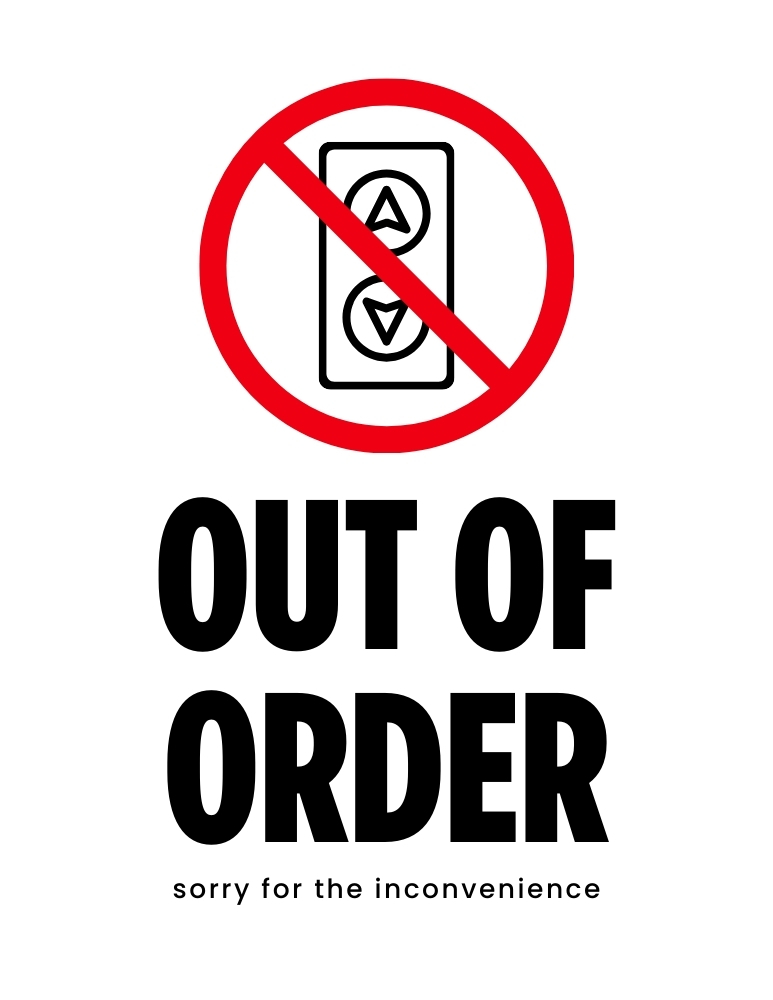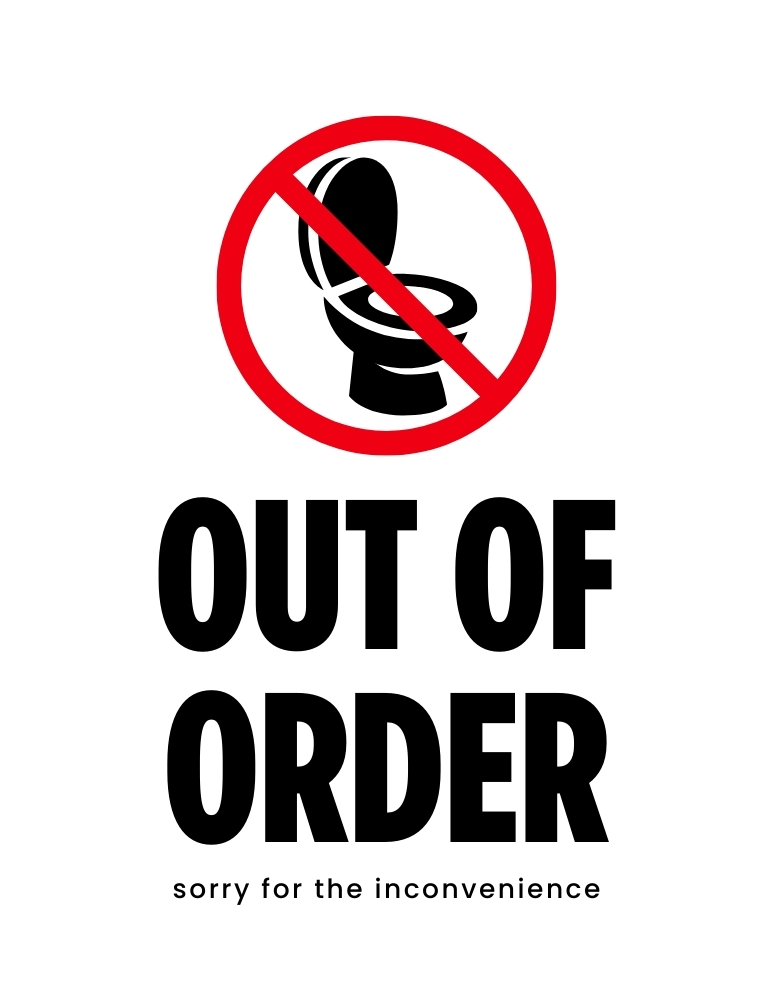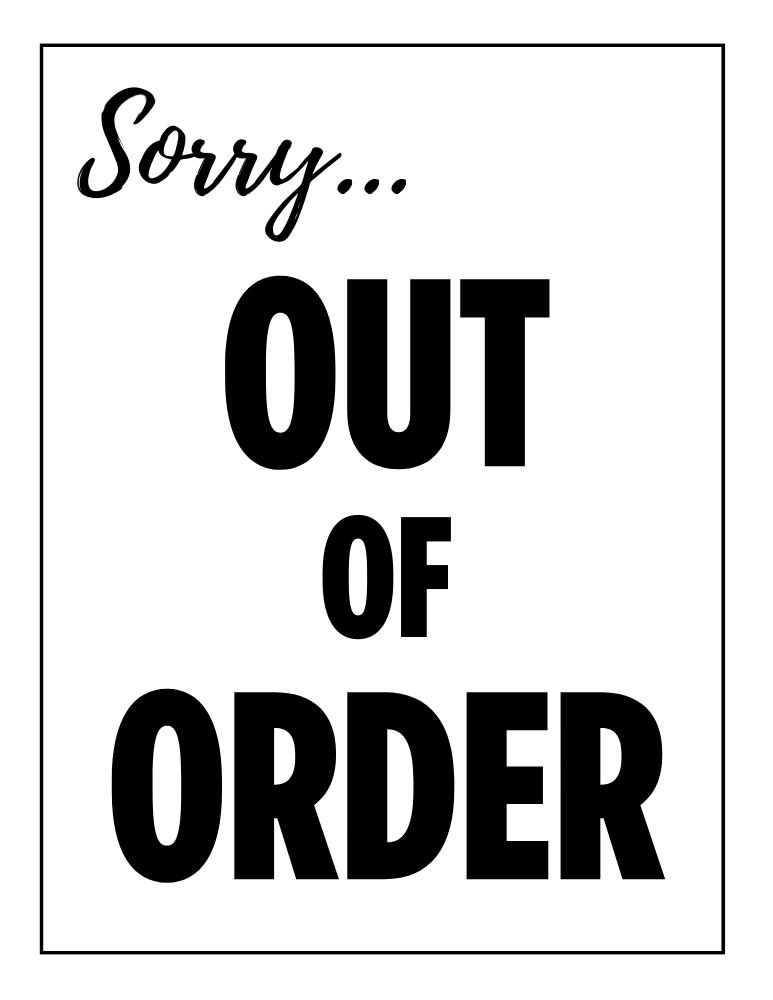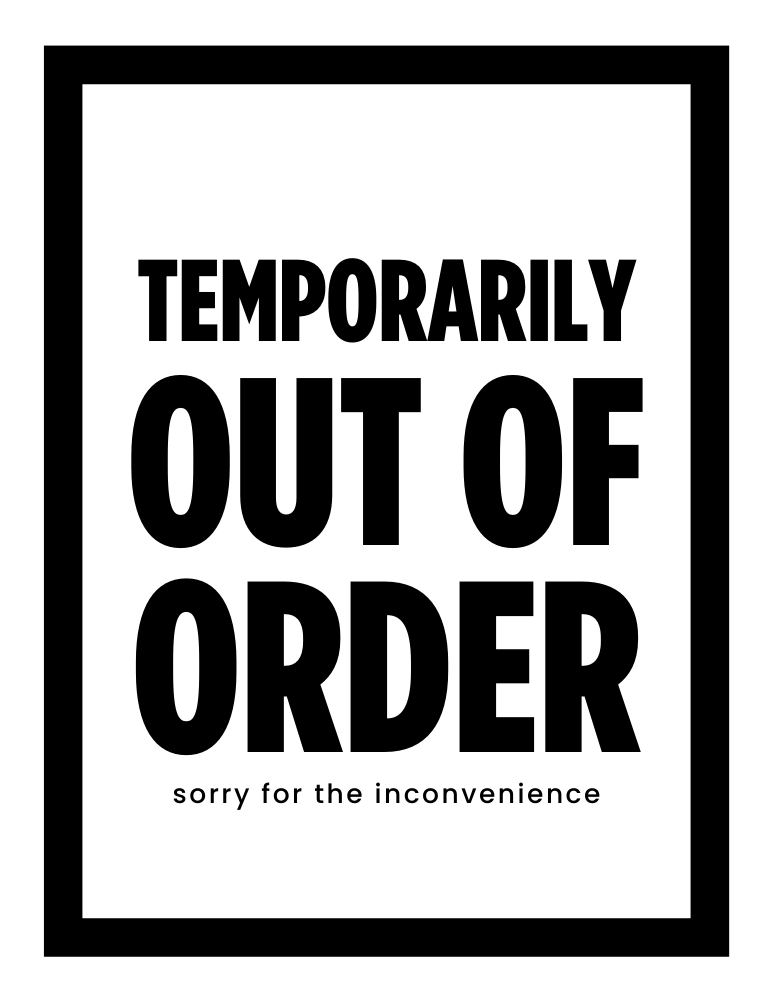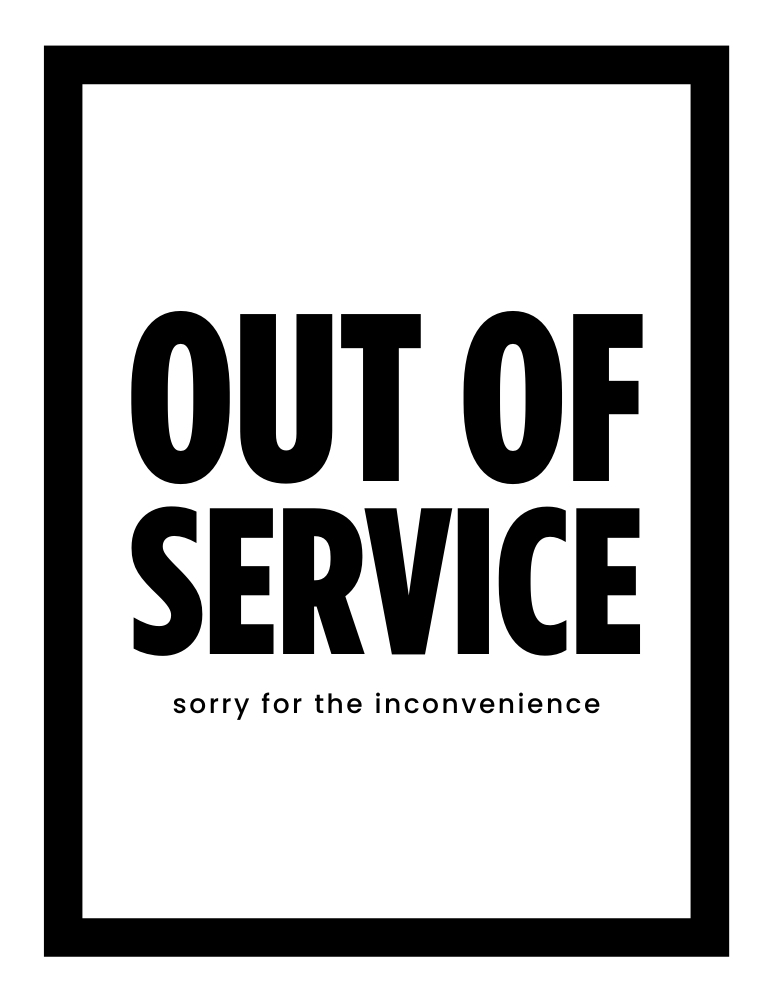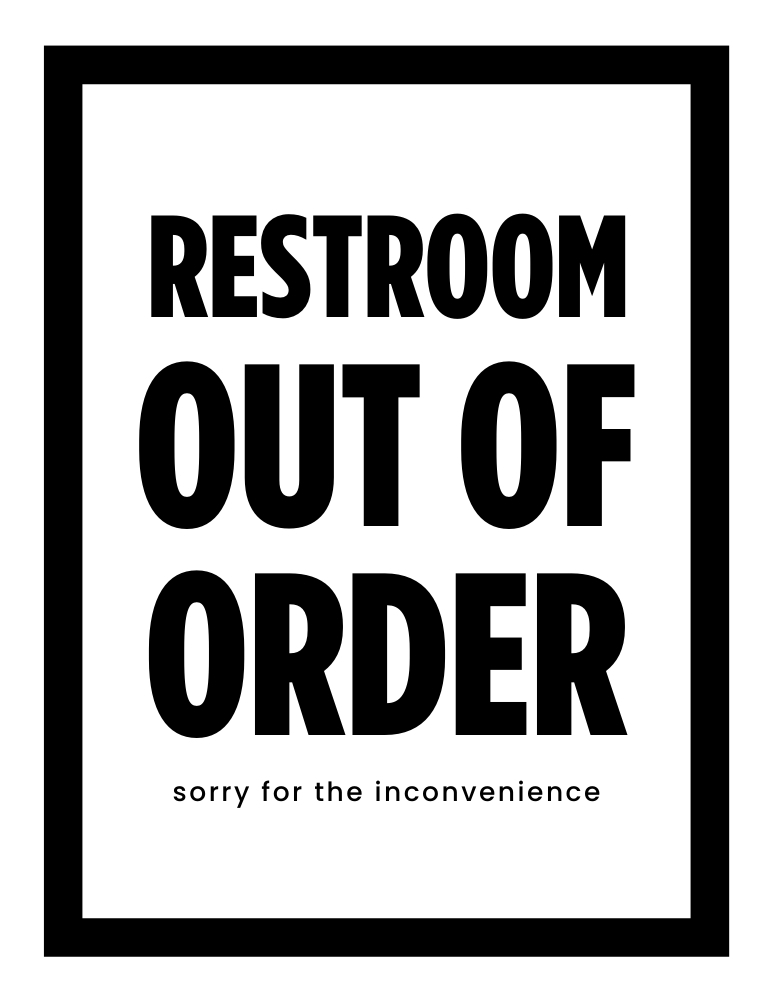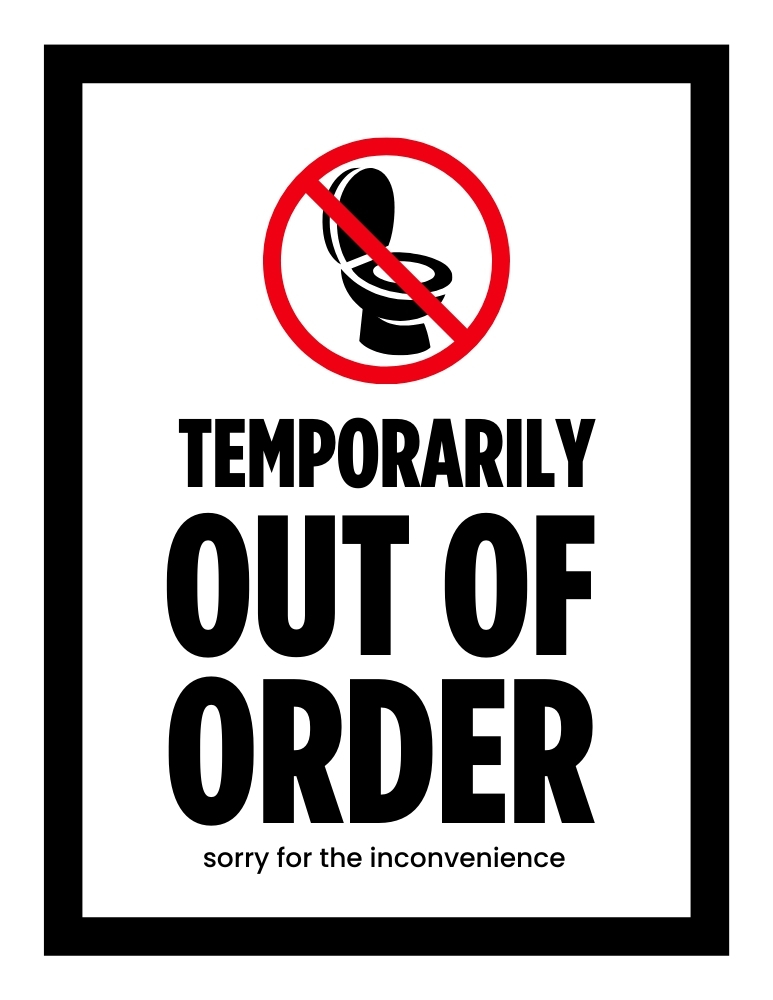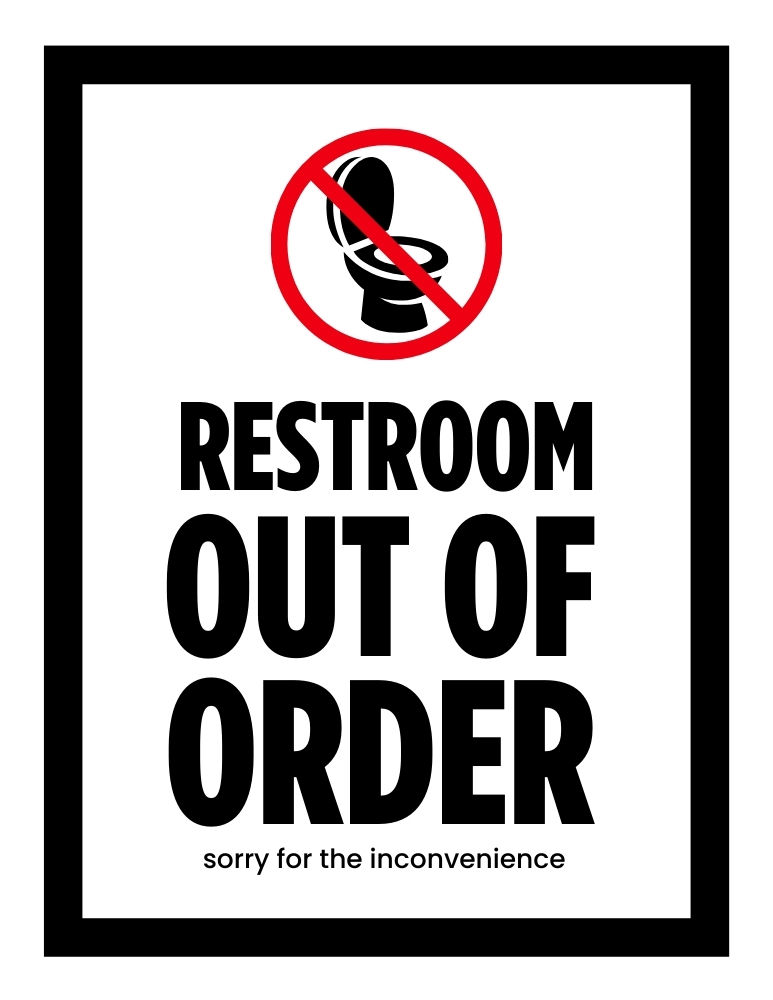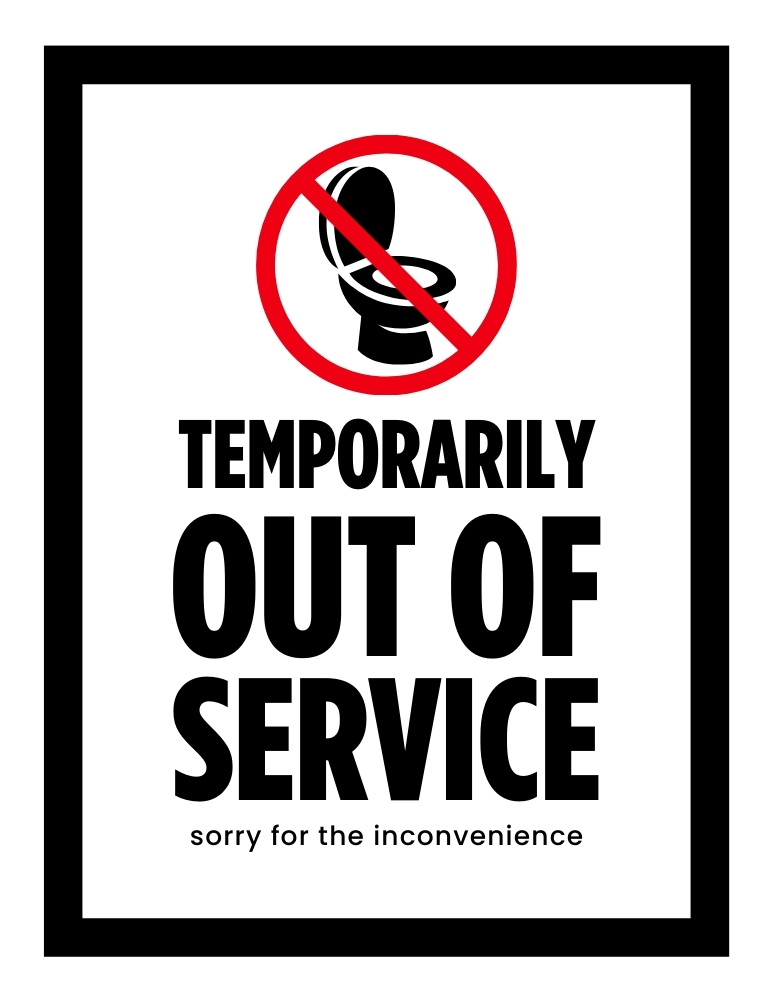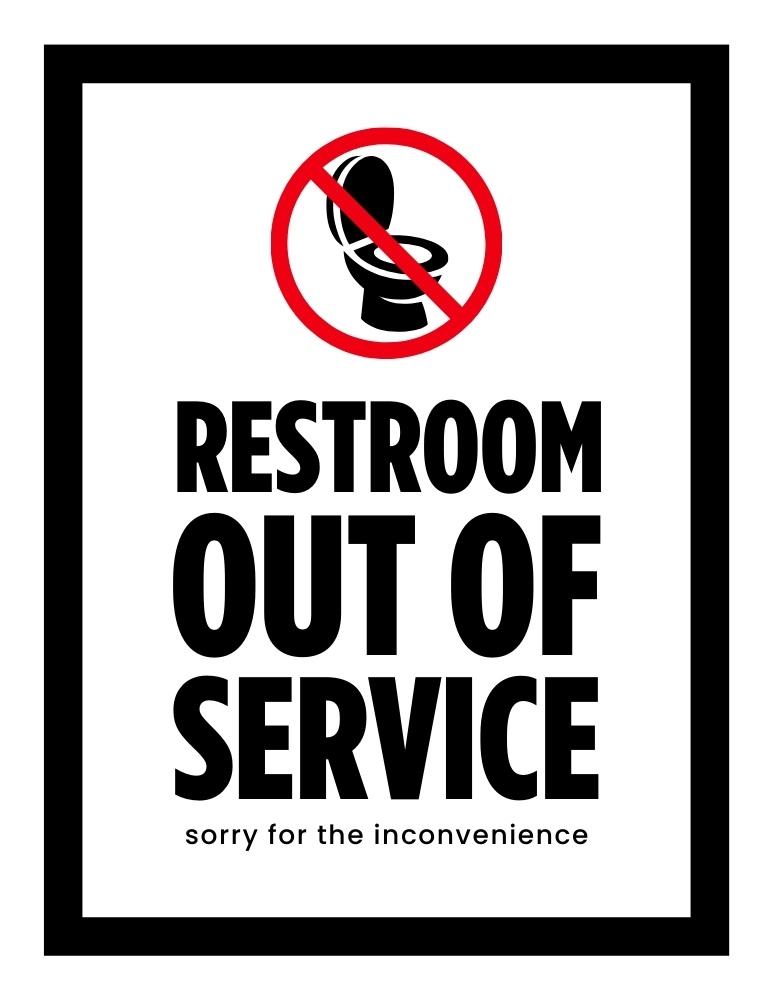
Shop Drawings
In the world of construction, design, drafting and shop drawings, the natural stone and tile industry stands out for its timeless elegance and durability. When we think of large, opulent spaces like hotels and resorts, it’s often the gleaming floors, grand columns, and intricate wall designs that take our breath away. But behind this luxurious façade is a meticulous and crucial process known as drafting – specifically, drafting services for the stone and quartz industry – ensures that the final product not only looks good but also makes the best use of resources available and stands the test of time.
The Importance of Drafting in Large Natural Stone Projects
Drafting is the backbone of any major construction project involving natural stone. Imagine you’re tasked with outfitting a sprawling new resort. Every piece of stone must be carefully selected, cut, and installed. This is where drafting comes in. It’s more than just drawing; it’s a detailed plan that dictates every cut, angle, and placement of the stone, ensuring everything fits together perfectly. Without precise drafting, you could end up with mismatched patterns, incorrect sizing, and a host of other expensive and time-consuming issues.
Quantity Survey Take-offs
Counting Every Detail
Before any stone is cut, quantity survey take-offs are performed. This is essentially an inventory check, but on a much more detailed scale. Professionals carefully calculate the amount of material needed, considering every corner, edge, and surface. In large projects like hotels, where the scale is immense, even a small miscalculation can lead to significant cost overruns. Therefore, accurate quantity surveys are vital to keep the project on budget and schedule.
What Are Shop Drawings?
The Blueprint of Beauty
What are shop drawings? They are the detailed blueprints that guide the cutting and installation of stone. They are like a map, showing the journey each piece of stone will take from the quarry to its final destination. These drawings include precise dimensions, material specifications, and installation instructions. They are essential for complex designs where a high level of precision is required. In luxury hotels and resorts, where aesthetics are paramount, shop drawings ensure that the vision of the architect or designer is realized to the letter.
Fabrication Tickets
Ensuring Accuracy in Every Cut
Once the shop drawings are ready, fabrication tickets are issued. These are essentially detailed instructions for the craftsmen cutting and shaping the stone. Each ticket corresponds to a specific piece and includes all the necessary measurements and notes. It’s like a passport for the stone, ensuring it goes through the right processes and ends up in the correct place. In large projects, where thousands of pieces are involved, these tickets are crucial for maintaining order and ensuring each piece is perfect.
Value Engineering for Fabrication
Balancing Beauty and Budget
Value engineering is where cost meets quality. It’s a critical step, especially in large-scale projects where budgets are significant. The goal is to find ways to achieve the desired aesthetic and quality while minimizing costs. This might involve selecting a different type of stone that’s easier to work with, or altering the design slightly to reduce waste. It’s a delicate balance, but when done right, value engineering can save significant amounts of money without compromising on the final look and feel of the project.
Independent Stone Inspections
Quality Assurance
Even with the best plans and the most skilled craftsmen, things can go wrong. That’s why independent stone inspections are a vital part of the process. Inspectors scrutinize the quality of the stone, the accuracy of the cuts, and the fidelity of the installation to the shop drawings. They are the final line of defense, ensuring that everything meets the high standards required. In the context of a luxury hotel or resort, where every detail counts, these inspections are crucial for maintaining the integrity and beauty of the design.
The drafting side of the natural stone and tile industry is a complex but fascinating world. It’s a blend of art and science, creativity and precision. Each step, from quantity survey take-offs to independent stone inspections, plays a vital role in bringing the grand visions of architects and designers to life. Next time you walk through the lobby of a grand hotel or admire the stonework in a luxury resort, remember the meticulous planning, skilled craftsmanship, and attention to detail that made it all possible. It’s a testament to the importance and impact of drafting in the natural stone and tile industry.

